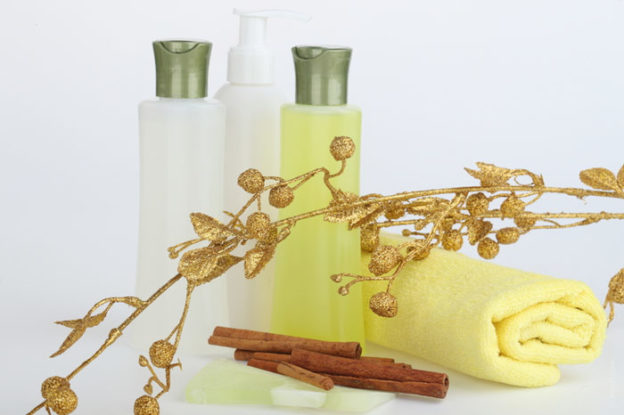Advertising or a bright packaging is often the factor affecting our choice of cosmetic products. However, Paula Begoun, a makeup artist, beauty expert and writer, believes that we should not trust manufacturers luring customers with their tricks.
Womendialogue.com has prepared a short list of the most common marketing tricks.
Myth 1. The more popular the brand is, the better the effect
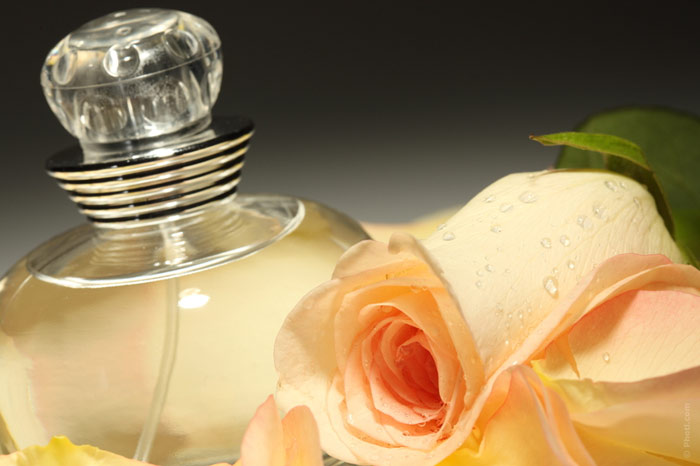
The effectiveness of a cosmetic product is solely a matter of its chemical composition, so neither a brand nor the price of the product can make it effective. It is all about the composition.
Myth 2. Anti-aging cosmetics do exist
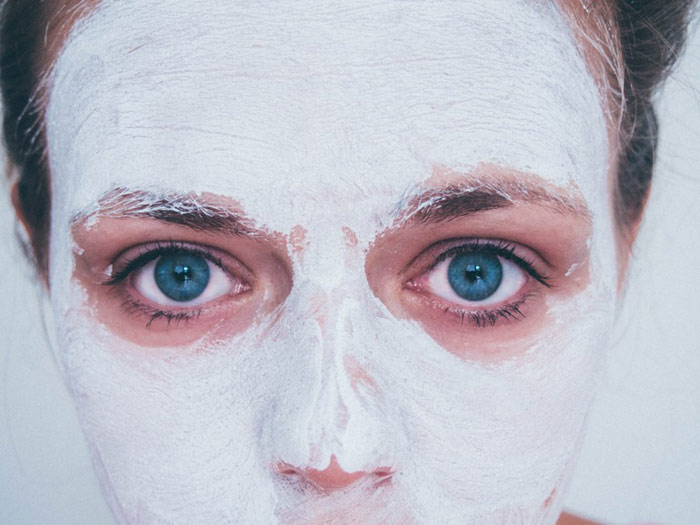
Both the young and the elderly have to determine their skin type and use the appropriate product for themselves. Unfortunately, there is no anti-aging cream. Speaking of age cosmetics, marketers refer to the products that help get rid of pigmentation, improve skin elasticity and make wrinkles a little less noticeable.
Myth 3. Eyelid skin needs a special cream
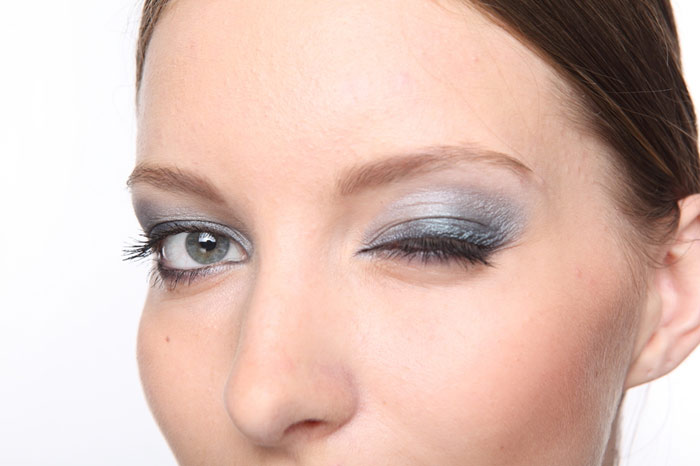
An eyelid cream is no different from a face cream. This is the same cream, only in a smaller jar and for a much higher price. The familiar label on the packaging – “avoid the eye area” – should be understood like this: the cream should not get into the eyes. It’s simple as that.
Myth 4. You can get rid of cellulite with the help of a cream
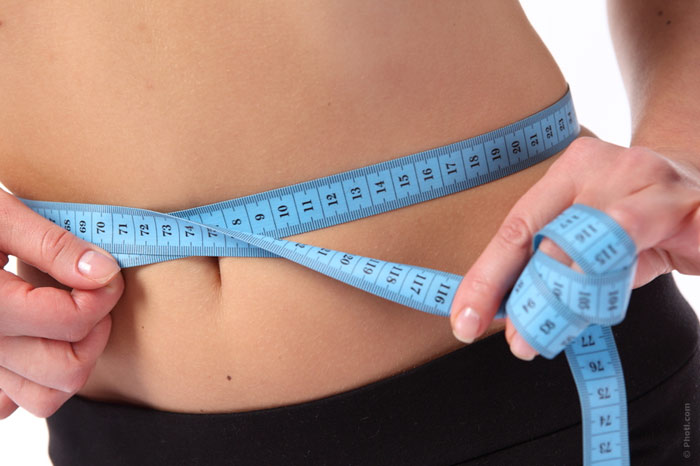
If this were true, models would stop using Photoshop. At the moment, there is no research about any cosmetic ingredients that help get rid of cellulite. Diets, fitness and hardware procedures that can affect the subcutaneous fat are effective in cellulite treatment, unlike anti-cellulite creams.
Myth 5. Organic cosmetics are better than ordinary ones
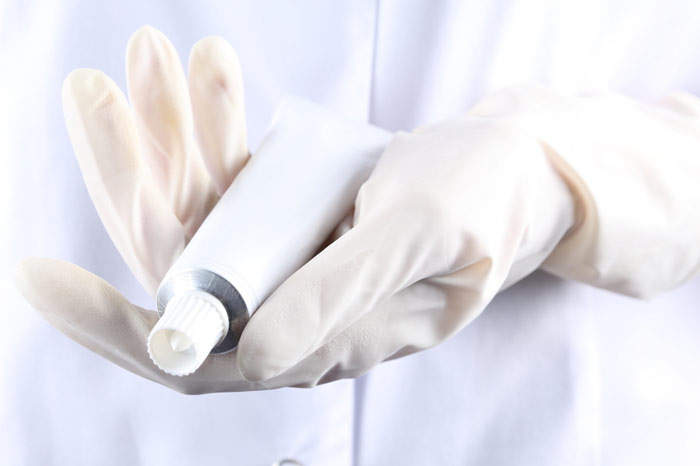
In fact, organic cosmetics are a common PR trick. The presence of organic material does not prove the product efficacy. The so-called “organic cosmetics” may well be safe, because it does not contain a list of horrifying substances, but it does not make it effective either. At the same time manufacturers are silent about the chemicals that help preserve the healing properties of the organic stuff.
Myth 6. Cream eliminates face wrinkles
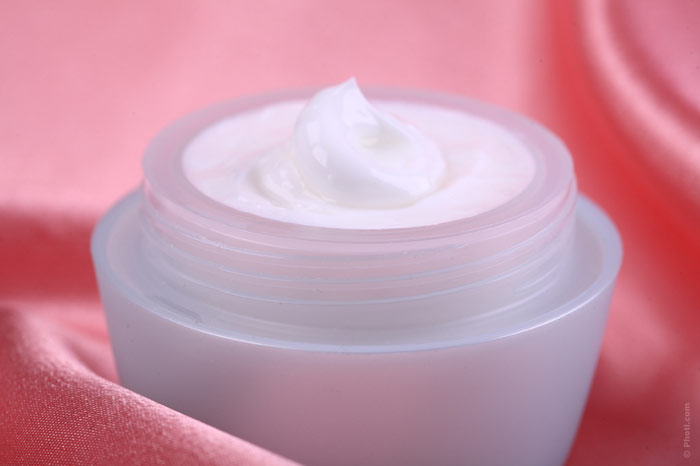
There are creams and cosmetic products for stretch marks, wrinkles and dark circles under the eyes. There are no creams, which are comparable with Botox or injections in their effect. Alas, science has not gone this far. It is not possible to get rid of facial wrinkles, sagging skin or nasolabial folds with the help of cosmetics.
Myth 7. Sunscreen should be applied not to be burnt on the beach

It turns out that sunscreen is the most important defense against wrinkles, age spots, loss of collagen and elastane. Do not neglect it in October or December. This can be an SPF moisturizer, SPF foundation or a special sunscreen. Most importantly, its composition should include zinc oxide, titanium dioxide or avobenzone.
Myth 8. A shampoo may stop hair loss
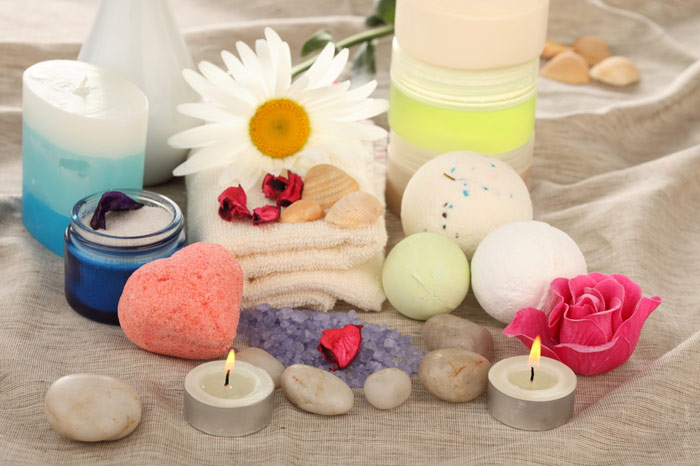
No matter what wonderful properties are indicated on the shampoo packaging, they do not affect hair condition. The mission of a shampoo is to make hair clean. The brand or prices do not matter, because the product does not remain on the scalp for long, so it cannot enrich it with the exotic ingredients advertised by marketers. The secret of hair care is the use of conditioners and hair masks.
Myth 9. You can dye your hair without harming it
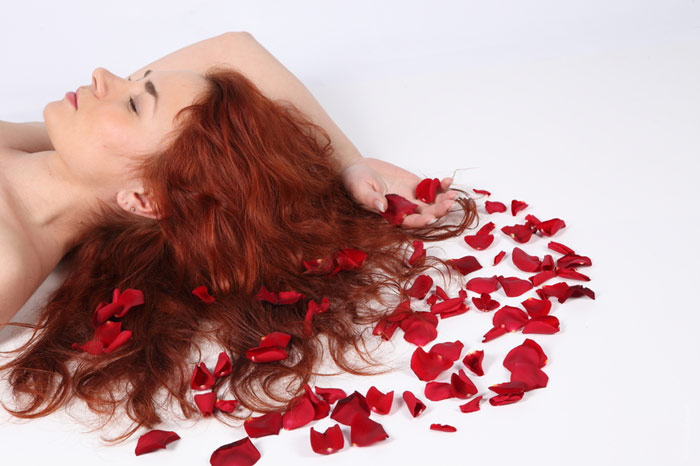
The action of the hair dye lies in destruction of the hair pigment and the introduction of color pigment. If the paint is permanent, the pigment lingers on the hair up to 3 months, if it is soft – for about a week. Which hair dye is harmless? The one that does not destroy the hair pigment. However, there would be no use of it. The answer is obvious – all the hair dyes are the same, none of them (except for natural henna and basma) is harmless to hair.
Myth 10. Suntan is safe
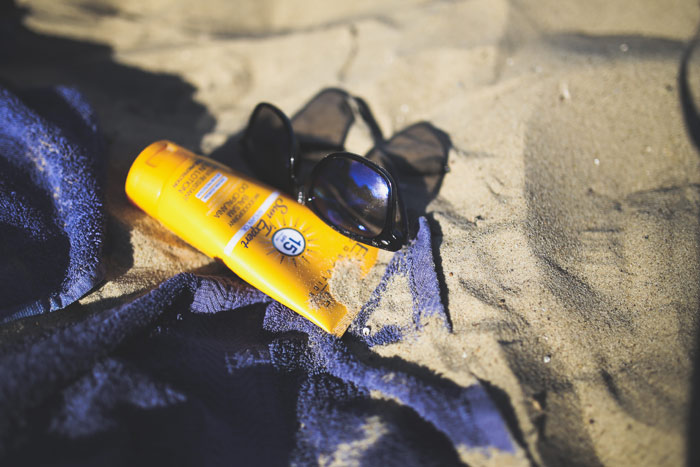
This statement applies neither to sunbeds nor to beaches – it applies nowhere! If you want to get a beautiful chocolate skin tone, it is safer to use self-tanning products.
